Mule Profile
Outside of the cannabis industry, it’s not so common to find a hybrid that’s greater than the sum of its parts. In animals, particularly, hybrids are often genetically inferior curiosities, bred either to gawk at or to grow so large they can barely stand up in the short time they’re alive before landing on our plates.
But there’s one animal that has served humanity at least as much as the humble dog.
Stronger and smarter than its parents, responsible for thousands of years of delegated manual labour, and inexcusably overlooked as one of the best animals to have ever lived: the mule.
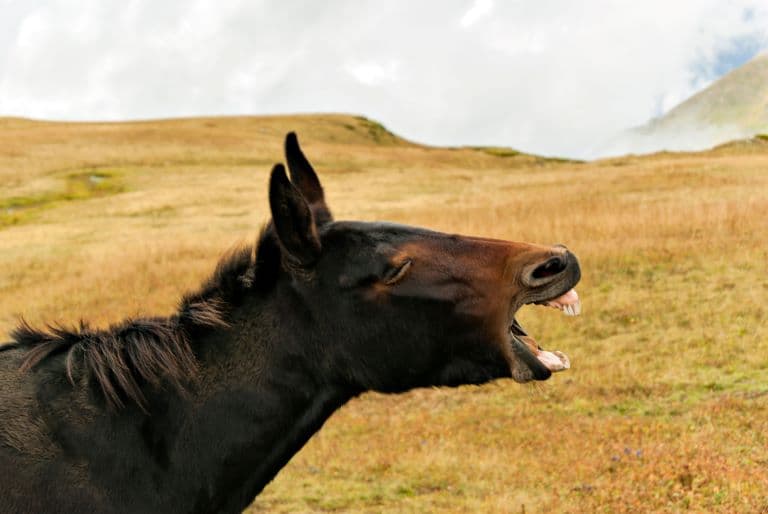
Mule Facts Overview
| Habitat: | Farms, fields, pasture |
| Location: | Worldwide |
| Lifespan: | Up to 50 years |
| Size: | Very varied, from 125 cm (50 in) to 180 cm (70 in) |
| Weight: | From 300kg (660lb) to 500kg (1100lb) |
| Colour: | Varied, usually influenced by the colour of the horse |
| Diet: | Grasses, forbs, barley straw and hay |
| Predators: | None |
| Top Speed: | Not listed |
| No. of Species: | Hybrid |
| Conservation Status: | Not listed |
Mules have it all. Cold resistance, brute strength, smarts, emotional intelligence, and family loyalty. They’re generally bigger than donkeys and look more like a horse than their hinny counterparts.
They’re more docile and less stubborn than donkeys, and much less prissy and cognitively-challenged than horses.
Mules are a bizarre case of hybrid vigour and have served the human species for thousands of years without so much as a thank-you.
Interesting Mule Facts
1. Donkey Jack
This sounds like a mechanical aid, and historically, it is. A male donkey is called a Jack, and it’s one of the most intelligent and strong-minded Equids there is. It’s also one half of the mule hybrid, the other being the far larger, higher-maintenance female horse, or mare.
This is the defining combination of a mule; it’s not that male horses can’t breed with female donkeys (known as Jennies), but in that instance, the resulting animal is known as a Hinny.
Where most species that can hybridise create a mutated abomination of suffering and weakness, mules are the miraculous positive result of a genetic lottery and carry incredible traits that make them outstanding compared with their parents.
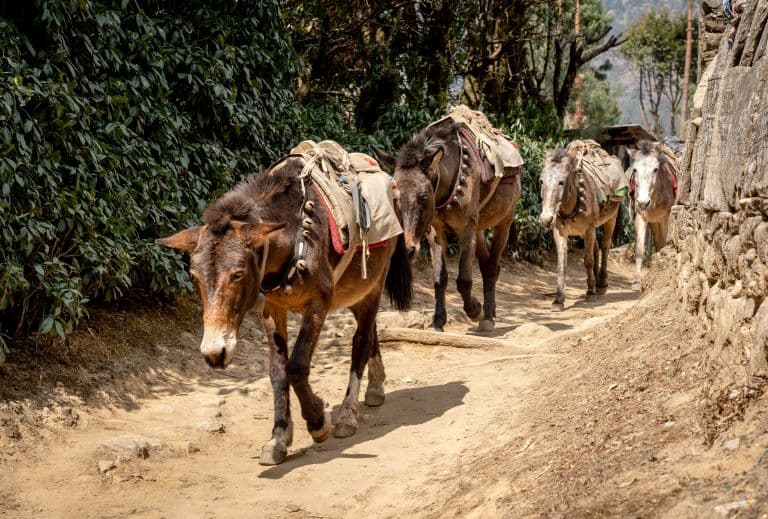
2. Hybrid vigour
Charles Darwin, discoverer of natural selection and diminisher of religious tyranny, admitted that the mule is a bit of an abnormality.
Expressing his surprise that the product of human interference in animal breeding “should possess more reason, memory, obstinacy, social affection, powers of muscular endurance, and length of life, than either of its parents, seems to indicate that art has here outdone nature”.
This concept, that a hybrid animal is somehow fitter by evolutionary definitions than either of its parents, is simply a product of luck. And in the vast majority of hybrids, it’s not remotely the case.
Simply put, evolution is not perfect – it’s optimal. That means that despite having billions of years of practice, it hasn’t got a monopoly on the most effective solutions. Sometimes humans can do better.
Mules, an unnatural creation, are less likely than a horse to blindly follow a bad owner off a cliff. They’re also at least as strong as a donkey, with the speed of a horse, and they live longer than either of them.
But the supermutant perks don’t end there. 1
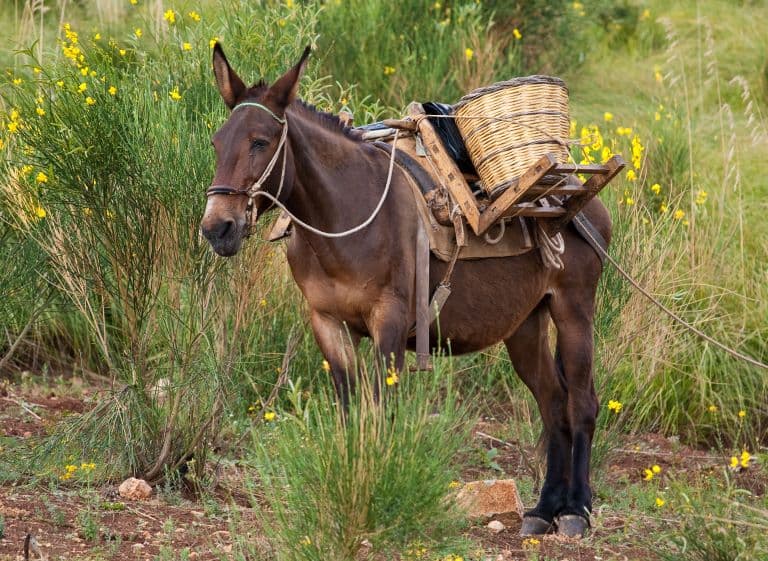
3. Their skin is better
Mules are less prone to sunburn and other damaging exposure to the elements. Their skin is stronger, thicker and more resilient, making them durable in harsh weather and extreme climates.
This makes mules a dependable option for owners who work outside in harsh weather and strong
4. They don’t eat so much
Horses are one of the most over-rated animals for captivity (wild horses excluded), needing round-the-clock care, expensive vet bills and accommodation and perhaps most importantly a fussy and economically adventurous diet.
Mules don’t need as much space or food as a horse of the same weight and height, making them far lower-maintenance and suitable as romanticised companions for little girls.
But historically, mules have had a much more practical role than Black Beauty and Misty of Chincoteague, and there are far fewer novels written about them.
5. They’ve been military contractors
Their strength and toughness outstrips even donkeys, and it goes without saying that they can travel across terrain that would break a horse’s nail.
Mules have far less chance of splitting a hoof than their parents and have been used as reliable pack animals by militaries all over the world.
Even more modern transport solutions don’t always cut it; the US used 10,000 mules in Afghanistan to transport weapons across tough terrain. 2
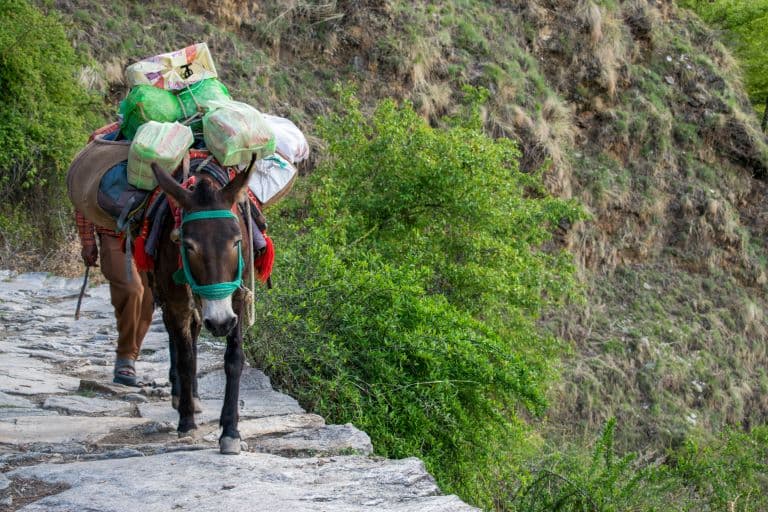
6. Kick ass
Mules, like donkeys, can kick sideways. Incidentally, just so you don’t have to find this out the hard way, so can cows.
This is another thing that horses fall short in, and another reason (other than their relentless cowardice) why they’re no good at protecting anything.
A mule carries the ability of a donkey for self-defence, but brings with it a more docile temperament, sharing the philosophy of Teddy Roosevelt, to “Speak softly and carry a big stick”.
7. “Good guard animals, they are”
And their stick is very effective!
Zoologists love telling someone they’ve got a good guard animal; it’s the animal equivalent of kicking the tyres on your neighbour’s new car. And in the case of mules, it’s spot on.
Mules have a fantastic temperament and unrelenting ferocity in one package, and will loyally defend livestock, children, or property, and where a dog might struggle with a bear or a mountain lion, a mule certainly won’t.
The speaking softly part might be a little exaggerated, though, as mules do have the tendency of donkeys to make annoying noises while your neighbours are trying to sleep. 3
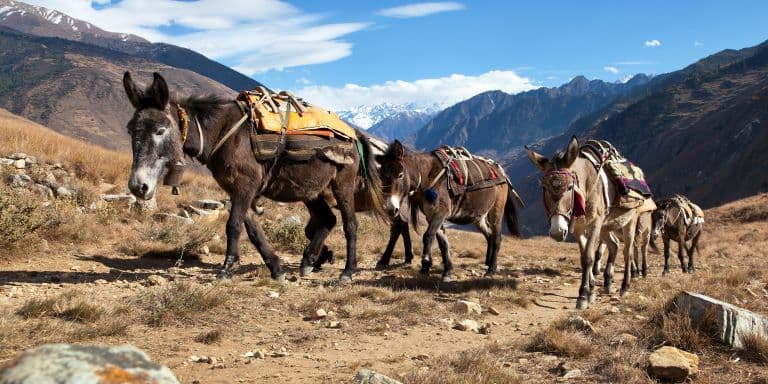
8. But, they’re almost always sterile
Chromosomal pairs are the foundation of fertility and reproduction in sexually-reproductive organisms.
Unfortunately for the mule’s legacy, this means that their lot of 63 chromosomes – a midpoint between the ostentatious 64 of a horse and the refined 62 pairs found in a donkey – leaves them more or less sterile in most cases.
Males and females have almost 100% infertility rate, both with low sperm and oocyte counts, but a few freak births have been known to slip through the cracks.
9. There are some ‘impossible’ births
Our ancestors weren’t stupid but they did lie an awful lot and didn’t have access to the same fundamental understandings that we use now, so the scepticism around countless historical reports of reproducing mules is fair.
Aristotle described the mule as “always tame”, but differentiated the domesticated mule from the so-called “wild mule” found in Syria, “by the fact that [wild mules] mate with and breed from one another”.
But even one of humanity’s greatest thinkers did also have a portfolio of brain farts to his credit (including that the brain itself is simply a radiator for the heart and that men have more teeth than women). And, it turns out he was wrong about mules, too.
Pregnancy in mules does happen rarely, though many foetuses are not birthed alive. Still, on even more rare occasions, a relatively healthy mule foal is produced.
This has been recorded only around sixty times in five hundred years, but it has also been officially confirmed by modern science, though commonly reported in the media as a ‘miracle’ on account of it being such a genetic fluke. 4 5
Mule Fact-File Summary
Scientific Classification
| Kingdom: | Animalia |
| Phylum: | Chordata |
| Class: | Mammalia |
| Order: | Perissodactyla |
| Family: | Equidae |
| Genus: | Equus |
| Hybrid species: | E.africanus asinus x Equus ferus caballus |
Fact Sources & References
- “A Tribute To Oily Mules”, Oily Stuff.
- “National Mule Day”, Shanna Hatfield.
- Sam Schipani (2020), “Why you should have mules on your farm”, Bangor Daily News.
- (2023), “Mule’s foal fools genetics with “impossible” birth”, The Denver Post.
- “ARISTOTLE, HISTORY OF ANIMALS”, Topos Text.
